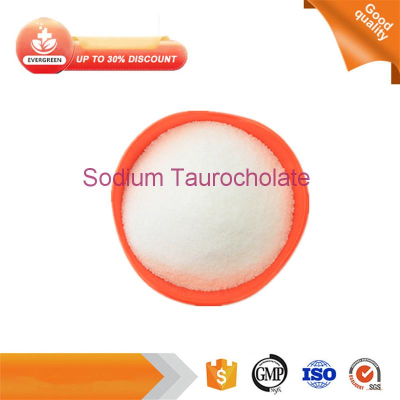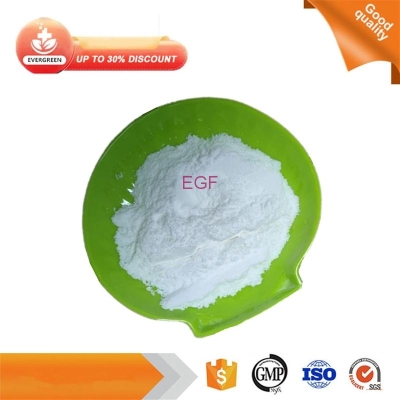-
Categories
-
Pharmaceutical Intermediates
-
Active Pharmaceutical Ingredients
-
Food Additives
- Industrial Coatings
- Agrochemicals
- Dyes and Pigments
- Surfactant
- Flavors and Fragrances
- Chemical Reagents
- Catalyst and Auxiliary
- Natural Products
- Inorganic Chemistry
-
Organic Chemistry
-
Biochemical Engineering
- Analytical Chemistry
- Cosmetic Ingredient
-
Pharmaceutical Intermediates
Promotion
ECHEMI Mall
Wholesale
Weekly Price
Exhibition
News
-
Trade Service
It is only for medical professionals to read and refer to the strongest mind map, quickly collect it! Abdominal pain is one of the most common clinical symptoms.
The etiology is complex, most of which are organic diseases, but it may also be functional abdominal pain.
Abdominal pain mostly comes from internal organs in the abdominal cavity or pelvis, but lesions of the abdominal cavity or external organs can also cause abdominal pain.
Since abdominal pain is so common, and so complicated and confusing, let’s sort it out today.
Our first impression is usually that abdominal pain can be divided into acute abdominal pain and chronic abdominal pain (disease duration> 6 months) according to the course of the disease.
The sensation of the internal organs is conducted through the autonomic nerves, and the sensation of the abdominal wall is conducted through the spinal nerves, both of which converge in the dorsal root of the spinal cord.
Thinking and cutting around this mechanism is more helpful to analyze the cause and differential diagnosis.
According to this mechanism, abdominal pain can be divided into four categories: visceral abdominal pain, physical abdominal pain, induction abdominal pain, and psychological abdominal pain.
To make a differential diagnosis, it is necessary to ask for a detailed medical history, pay attention to the characteristics and accompanying symptoms of pain, and finally combine the symptoms, signs and laboratory test results to conduct a comprehensive analysis.
Pay particular attention to the nature and degree of abdominal pain.
Pain is often caused by increased tension of the organ capsule, mesangial traction or dilatation of the intestinal tube.
The obstruction of the cavity organs often causes acute colic, such as intestinal obstruction, bile duct stones or ureteral stones, and often has paroxysmal exacerbations; paroxysmal drill-like pain is a characteristic of obstruction of the biliary tract, pancreatic duct or appendix roundworm; Perforation of peptic ulcer causes a burning or knife-like persistent sharp pain, which can quickly spread to the entire abdomen.
Abdominal pain caused by chronic lesions of cavities is mostly paroxysmal and to a lesser degree.
Abdominal pain caused by chronic lesions of parenchymal organs is mostly persistent dull pain or dull pain.
Upper abdominal pain caused by ulcer disease is often rhythmic and periodic.
The degree of abdominal pain in a certain sense reflects the severity of the disease, usually severe abdominal pain caused by peritonitis or abdominal organ obstruction, stenosis, ischemia and other diseases.
However, the elderly, patients who have used analgesics, have poor response or are confused, sometimes have severe lesions and abdominal pain, but the manifestations are not obvious.
Diagnosing patients with abdominal pain should be broad-minded, follow the line of self-respect to light, and be vigilant to exclude critical diseases: severe pancreatitis, obstructive cholangitis, abdominal hemorrhage, ruptured abdominal aortic aneurysm, intestinal obstruction, acute myocardial infarction, perforation, etc.
It is necessary to fully observe and observe patients with abdominal pain, and do not let go of patients with unexplained abdominal pain.
For critically ill patients, patients whose diagnosis is difficult for the time being, firstly need to stabilize their vital signs; pay close attention to the nature, location and dynamic changes of abdominal signs.
At the same time, preliminary treatments such as systemic supportive treatment and symptomatic analgesia can be carried out.
Reference source: [1] Practical Internal Medicine (15th Edition), People's Medical Publishing House.
Lin Guowei, Wang Jiyao, and Ge Junbo Editors.
[2] Internal Medicine (Eighth Edition), People's Medical Publishing House.
Ge Junbo, Xu Yongjian Editors.
This article source: medical digestion liver disease channel author: Chen Zhipeng review article: Deputy Director Yang Weisheng Jingdezhen City second people's hospital physician editor: Mary original copyright notice for reprint this article, please contact your authorized - End - Call for Papers Call for Papers to Xiao Bian mailbox :Xh@yxj.
org.
cn Please specify: [Submission] Hospital + department + name The manuscript is in the form of a word document, others will not be considered.
Editor's WeChat: wangqiaoli-Mary
The etiology is complex, most of which are organic diseases, but it may also be functional abdominal pain.
Abdominal pain mostly comes from internal organs in the abdominal cavity or pelvis, but lesions of the abdominal cavity or external organs can also cause abdominal pain.
Since abdominal pain is so common, and so complicated and confusing, let’s sort it out today.
Our first impression is usually that abdominal pain can be divided into acute abdominal pain and chronic abdominal pain (disease duration> 6 months) according to the course of the disease.
The sensation of the internal organs is conducted through the autonomic nerves, and the sensation of the abdominal wall is conducted through the spinal nerves, both of which converge in the dorsal root of the spinal cord.
Thinking and cutting around this mechanism is more helpful to analyze the cause and differential diagnosis.
According to this mechanism, abdominal pain can be divided into four categories: visceral abdominal pain, physical abdominal pain, induction abdominal pain, and psychological abdominal pain.
To make a differential diagnosis, it is necessary to ask for a detailed medical history, pay attention to the characteristics and accompanying symptoms of pain, and finally combine the symptoms, signs and laboratory test results to conduct a comprehensive analysis.
Pay particular attention to the nature and degree of abdominal pain.
Pain is often caused by increased tension of the organ capsule, mesangial traction or dilatation of the intestinal tube.
The obstruction of the cavity organs often causes acute colic, such as intestinal obstruction, bile duct stones or ureteral stones, and often has paroxysmal exacerbations; paroxysmal drill-like pain is a characteristic of obstruction of the biliary tract, pancreatic duct or appendix roundworm; Perforation of peptic ulcer causes a burning or knife-like persistent sharp pain, which can quickly spread to the entire abdomen.
Abdominal pain caused by chronic lesions of cavities is mostly paroxysmal and to a lesser degree.
Abdominal pain caused by chronic lesions of parenchymal organs is mostly persistent dull pain or dull pain.
Upper abdominal pain caused by ulcer disease is often rhythmic and periodic.
The degree of abdominal pain in a certain sense reflects the severity of the disease, usually severe abdominal pain caused by peritonitis or abdominal organ obstruction, stenosis, ischemia and other diseases.
However, the elderly, patients who have used analgesics, have poor response or are confused, sometimes have severe lesions and abdominal pain, but the manifestations are not obvious.
Diagnosing patients with abdominal pain should be broad-minded, follow the line of self-respect to light, and be vigilant to exclude critical diseases: severe pancreatitis, obstructive cholangitis, abdominal hemorrhage, ruptured abdominal aortic aneurysm, intestinal obstruction, acute myocardial infarction, perforation, etc.
It is necessary to fully observe and observe patients with abdominal pain, and do not let go of patients with unexplained abdominal pain.
For critically ill patients, patients whose diagnosis is difficult for the time being, firstly need to stabilize their vital signs; pay close attention to the nature, location and dynamic changes of abdominal signs.
At the same time, preliminary treatments such as systemic supportive treatment and symptomatic analgesia can be carried out.
Reference source: [1] Practical Internal Medicine (15th Edition), People's Medical Publishing House.
Lin Guowei, Wang Jiyao, and Ge Junbo Editors.
[2] Internal Medicine (Eighth Edition), People's Medical Publishing House.
Ge Junbo, Xu Yongjian Editors.
This article source: medical digestion liver disease channel author: Chen Zhipeng review article: Deputy Director Yang Weisheng Jingdezhen City second people's hospital physician editor: Mary original copyright notice for reprint this article, please contact your authorized - End - Call for Papers Call for Papers to Xiao Bian mailbox :Xh@yxj.
org.
cn Please specify: [Submission] Hospital + department + name The manuscript is in the form of a word document, others will not be considered.
Editor's WeChat: wangqiaoli-Mary







